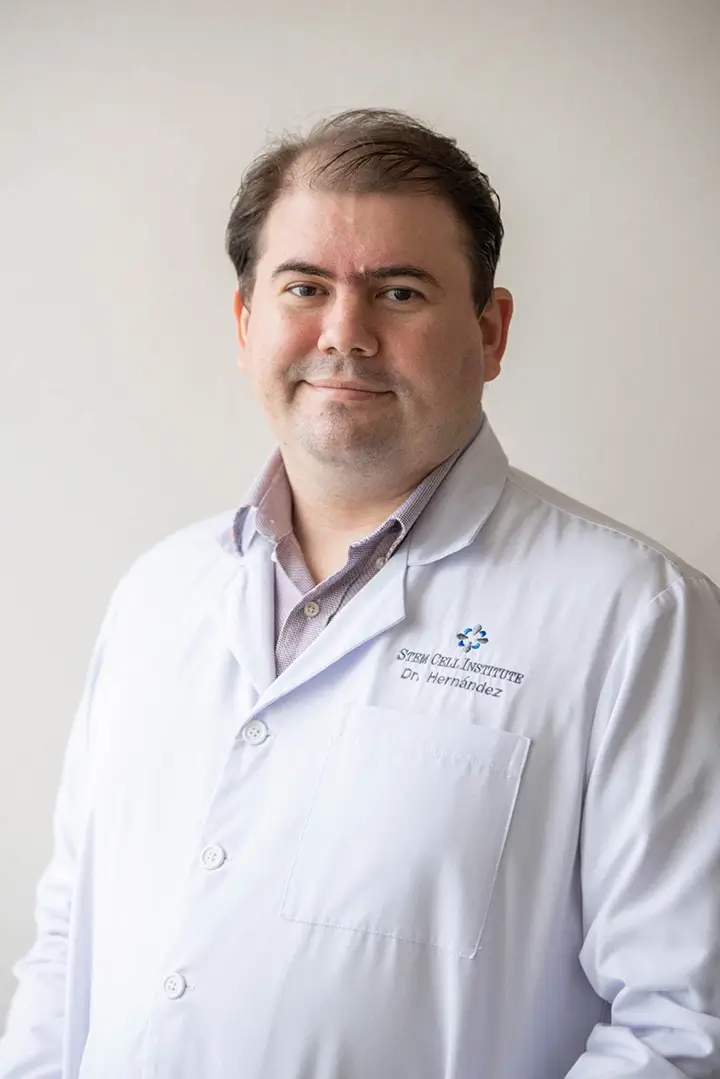Researchers effectively used robotic surgery to deliver stem cell treatment to damaged heart tissue in pigs at the University of Minnesota.
The robotic surgery apparatus was minimally invasive throughout the injection procedure. The researchers took an extra step and “marked” the transplanted cells with iron particles in an effort to see if they engrafted in the pig hearts.
In six of seven cases, the transplant process was successful. The cells took hold and enhanced functioning of the heart as following MRI studies showed.
The cells that give rise to muscle, also know as myoblasts, in combination with bone-marrow derived cells were used in the experiment. Improving the development of new blood vessels as well as the performance of injured heart muscles were key characteristics confirmed by the implantation of both cell types. Both are in human clinical trials as well.
The research is available in the current issue of the Journal of Thoracic and Cardiovascular Surgery.
The method could be applied in human clinical trials once additional animal studies are completed.
“In people with heart failure, open surgery can be risky; finding a minimally invasive technique to deliver cell therapy to the damaged cardiac tissue would reduce the risk to patients,” said Doris, Ph.D., professor of Physiology, holder of the Medtronic Bakken Chair in Cardiovascular Repair, and co-leader of the study.
The minimally invasive approach would present several benefits for people with heart failure, Doris said. It offers surgeons the capability to target the cell infusion more precisely by utilizing a magnified view of the heart. It requires less time under anesthesia and can be performed while the heart is still beating. It is less dangerous to the patient.
Harald, M.D., co-leader of this study, now a surgery resident at Massachusetts General Hospital in Boston, pointed out, “Currently these types of cell therapies, in which stem cells are injected into damaged hearts, are only available to people who are enrolled in clinical research trials.”
Skeletal and bone marrow cells that are injected into damaged heart tissue have been shown to improve function in the left ventricle, the chamber of the heart that pumps blood into the aorta, the main artery through which oxygen-rich blood flows from the heart to the body.
Doris said more research needs to be done to establish if the minimally invasive technique can promise comparable results to open surgery, as well as which types of cells are most beneficial to infuse into damaged hearts. “But that is what keeps us busy,” she added,” finding the best treatment for patients with heart disease.”

